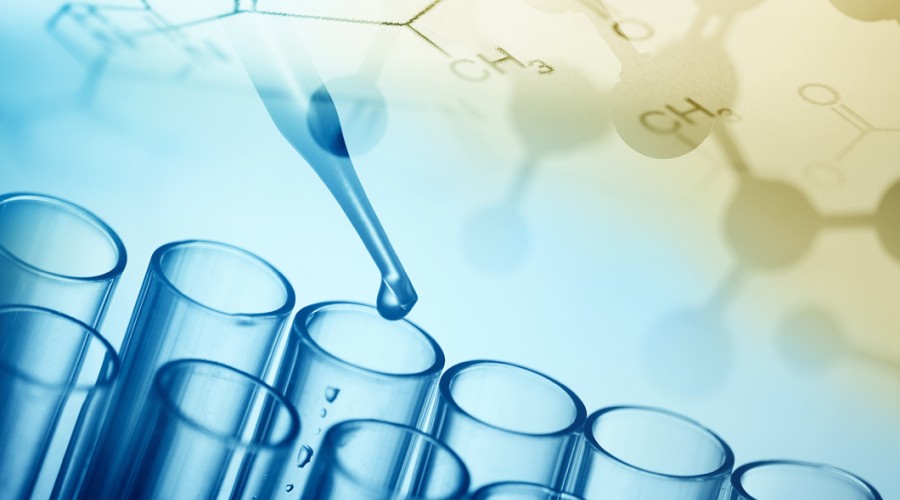
What is a Peptide Bond?
In biochemistry, a peptide bond is a covalent bond that forms when the carboxyl group of one amino acid reacts with the amino group of another. This is a condensation reaction, resulting in the release of a water molecule (H2O). The bond formed is a CO-NH bond, technically known as an amide bond.
If you're new to this, think of amino acids as the "alphabet" of proteins. The peptide bond is like the "glue" that holds these letters together to form words (peptides) and sentences (proteins).
For those diving deeper: Peptide bonds are planar and exhibit partial double-bond character due to resonance, restricting rotation around the bond.
Formation of Peptide Bonds
The formation of a peptide bond is a thermodynamically favourable reaction but kinetically slow. In biological systems, enzymes like peptidyl transferase facilitate this reaction.
Imagine this as a complex handshake where both parties need to be in the right orientation for to a successful grip. Enzymes act as the "wingman," ensuring that this handshake happens smoothly.
Advanced Note: The reaction can be catalyzed in acidic or basic conditions in a lab setting, often requiring a catalyst or elevated temperatures.
Types of Peptides: Peptides, Polypeptides, and Proteins
Peptides are generally short chains of amino acids linked by peptide bonds. A chain with more than 50 amino acids is usually referred to as a polypeptide. A protein is a polypeptide that has been folded and coiled into a specific three-dimensional structure.
Think of it as a train: The more carriages (amino acids) you add, the longer the train (peptide) becomes. It becomes a full-fledged train service (protein) when it's long enough.
Technical Detail: The function of a protein is highly dependent on its tertiary and quaternary structures, which are the complex folds that the polypeptide chain takes.
Hydrolysis of Peptide Bonds
Peptide bonds can be broken down by hydrolysis, a reaction with water. This is the reverse of the condensation reaction that forms the bond. In biological systems, enzymes like proteases catalyze the hydrolysis of peptide bonds.
Imagine this as untying a knot; it's the reverse process of tying it. You need a bit of effort (or, in this case, water and an enzyme) to untie it.
Technical Note: The hydrolysis reaction is exothermic, releasing about 10kJ/mol of free energy.
Biological Importance of Peptide Bonds
Peptide bonds are fundamental in forming bioactive compounds like hormones, antibiotics, and neurotransmitters. They also play a role in cell signalling and immune responses.
If you're wondering why this matters, these bonds are the reason we have things like insulin to regulate blood sugar or antibodies to fight off infections.
Advanced Note: Peptide bonds have a partial double-bond character, making them less reactive than other amides, which is crucial for the stability of biological molecules.
Structural Characteristics
Peptide bonds are planar and rigid due to resonance stabilization. This rigidity is essential for the stability of the protein's three-dimensional structure.
Think of this as the framework of a building; it needs to be stable for the building to stand tall.
Technical Detail: X-ray crystallography has shown that peptide bonds have partial double-bond character, making them shorter than single bonds but longer than double bonds.
Polarity and Charges in Peptide Bonds
Peptide bonds have a dipole moment due to the electronegativity difference between the oxygen and nitrogen atoms. This results in a partial negative charge on the oxygen and a partial positive charge on the nitrogen.
Imagine this as a tiny magnet with a "north" and "south" pole, pulling and pushing other molecules or atoms.
Advanced Note: This dipole moment is crucial for hydrogen bonding in secondary protein structures like alpha-helices and beta-sheets.
